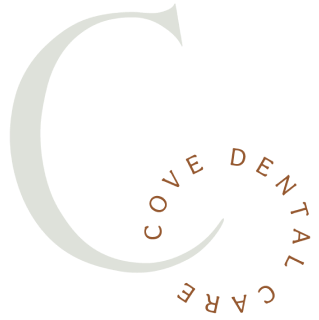105 Sheringham Dr Easley, SC 29642

Solutions for Tooth Decay in Easley, SC
What Does Dental Decay Involve?
For a comprehensive understanding of dental decay, it's essential to discuss the tooth's structure first. The outermost layer of a tooth is enamel, a substance composed of calcium and phosphorus ions forming hydroxyapatite crystals. Enamel is connected to dentin, the tooth's second layer, which is softer and plays a crucial role in its structural integrity. Dentin also contains hydroxyapatite, albeit in lower amounts. The innermost layer of the tooth is the dental pulp, housing its nerve and blood vessels.
Dental decay occurs when there is a loss of calcium and phosphorus ions from the tooth's mineral structure, leading to a decrease in its structural integrity. This demineralization is triggered by exposure to acids.
What Leads to Tooth Decay?
What Measures Can I Take to Avoid Tooth Decay?
Maintain regular brushing habits:
Consume a well-balanced and nutritious diet:
Reduce your consumption of sugary foods and beverages:
Opt for tap water for drinking:
Make regular visits to your dentist:
What Are the Methods for Treating Tooth Decay?
How Can a Tooth With a Filling or Crown Develop a Cavity?
Unfortunately, it's possible to develop a cavity on a tooth with an existing filling or crown. This can occur due to leakage around the dental restorations. Pressure from chewing and teeth grinding can cause fillings to wear away, chip, or crack. Additionally, poorly fitting crowns and inadequate oral hygiene may contribute to tooth decay.
Over time, these factors can create gaps, allowing bacteria to infiltrate beneath the filling or crown. Decay may then begin around the edges of the dental restorations and gradually spread underneath, potentially leading to cavities. To reduce the risk of dental decay and cavities, maintain proper oral hygiene and attend regular dental check-ups.
The Significance of Avoiding Tooth Decay
Preventing tooth decay is essential for maintaining optimal oral health and overall well-being. Also known as dental caries or cavities, tooth decay is a common yet largely preventable condition that can significantly impact oral health and quality of life.
Firstly, preventing tooth decay helps preserve the structural integrity of teeth. Decay occurs when bacteria in the mouth produce acids that demineralize the enamel, the protective outer layer of the teeth. Regular brushing, flossing, and a diet low in sugary and acidic foods can prevent this process. By safeguarding the enamel, individuals can avoid the need for restorative treatments like fillings or crowns, ensuring their natural teeth remain strong and functional.
Secondly, preventing tooth decay contributes to oral comfort and well-being. Untreated cavities can cause sensitivity, pain, and discomfort, affecting eating, speaking, and daily activities. Effective oral hygiene and preventive measures can prevent such issues, maintaining oral comfort.
Additionally, preventing tooth decay supports overall systemic health. Poor oral health has been linked to conditions like cardiovascular disease and diabetes. By preventing decay, individuals reduce the risk of bacteria entering the bloodstream, minimizing potential health complications and promoting overall well-being.
Preventing tooth decay also helps control healthcare costs. Treatments for advanced decay can be expensive, including procedures like root canals and extractions. Prevention reduces the need for extensive dental interventions, saving both financial and emotional costs.
Lastly, preventing tooth decay fosters a positive attitude towards oral health and self-care. Establishing good habits from a young age encourages lifelong oral health practices. Positive outcomes, like cavity-free check-ups, reinforce the value of preventive measures, promoting proactive oral care and long-term dental health.
In conclusion, preventing tooth decay is crucial for maintaining healthy teeth and gums. By preserving tooth structure, enhancing comfort, supporting systemic health, controlling costs, and promoting positive habits, individuals can enjoy the benefits of a strong, vibrant smile that contributes to overall well-being.

